An introduction to Valhalla, often referred to as the Viking heaven. What is it, and how is portrayed in popular culture?
If you’re up to date in the world of video games, or you binge everything the streaming services have to offer, you’ll no doubt have heard of the Norse concept of Valhalla. Most people imagine this as some kind of ‘Viking heaven’, and honestly, that’s a reasonable start.
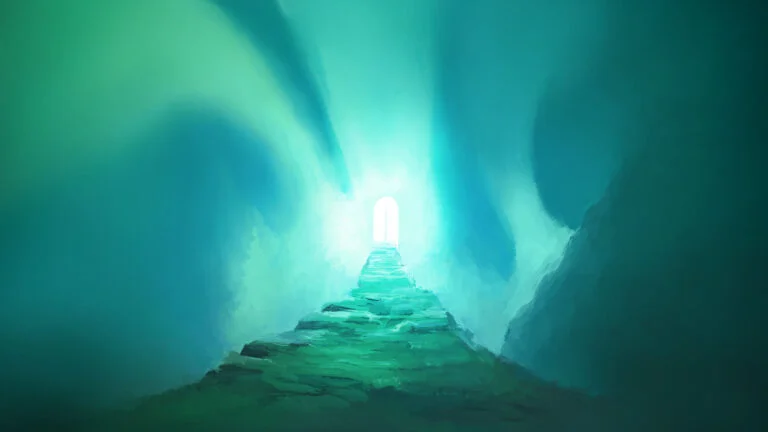
But Valhalla is so much more than simply a Viking heaven. Valhalla is a hall of the slain, this is true, but it’s not simply a passive, eternal afterlife kinda deal.
So, join me as we take a deep dive into faith in the Viking Age and look at what really goes on in glorious Valhalla.
So, What is Valhalla there for?
At its simplest, Valhalla is where warriors killed in battle go after death. All mythologies have afterlife components and Norse mythology is no exception.
The people who reside in Valhalla are known collectively as the Einherjar. This is the plural of Einheri, literally ‘army of one’, so they’re the most fearsome and brutal of warriors.
Even though they may be dead, and passed on from the living realm, that’s not the end of their days. Instead of sitting around on clouds, playing lutes, the Einherjar actually have important work to do. They have to prepare for the events of Ragnarök.
Ragnarök, another well-known but poorly understood Norse concept, is similar to armageddon or the end of days. Usually taken to mean ‘the final destiny of the Gods’, a series of events, are foretold, including natural disasters and the world being submerged in water.
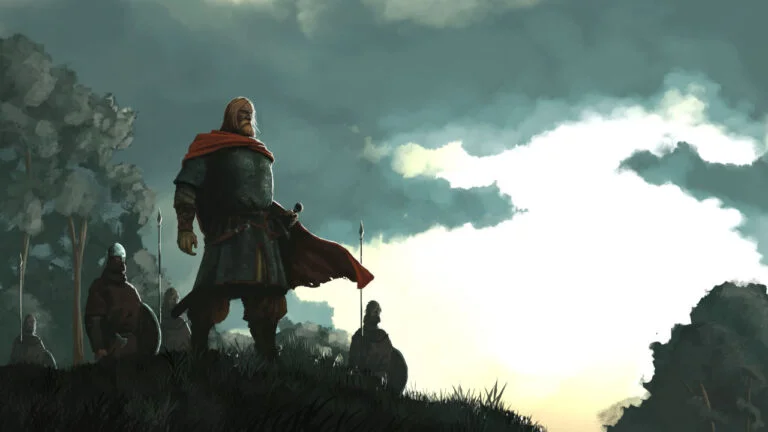
In particular, all those slain come back to life and there’s a huge battle between the Gods of Asgard on one side and the Jötnar, or giants, on the other side.
Many of the familiar gods, such as Odin, Thor, Heimdall and Loki lose their lives. After Ragnarök the world is refreshed and renewed. The surviving gods meet and the world is repopulated by two survivors.
How do you get to Valhalla?
There’s some disagreement between scholars on exactly how you get to Valhalla. The prime factor is generally believed to be ‘die a glorious death’.
You can’t simply fall on your own sword during a battle, or hang around waiting for someone to do you in. Instead, you must bring glory to the battle on your way to meet your grizzly end!
But even that may not be enough. Only half of those killed on the battle fields go to Valhalla. The rest we’ll deal with later but for now we get to meet the Valkyries.
Valkyrie translates roughly as ‘chooser of the slain’. Some people believe this means that, after the battle they pick the ones they want to go to Valhalla. Others, however, think it’s much more twisted than that!
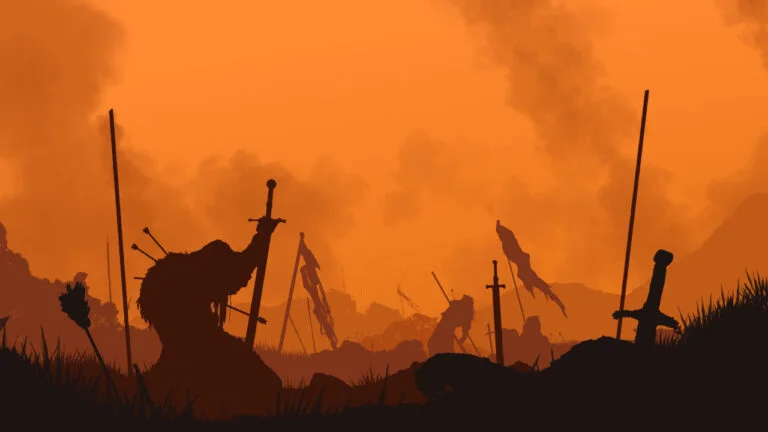
In fact, most people now believe that, far from simply picking from the dead, the Valkyries actively chose those who would die in the battle and sealed their fates to ensure that the very best warriors took their place in Valhalla, ready to fight alongside Odin in the battle of Ragnarök.
What goes on in Valhalla?
Well, as you can imagine it’s a pretty tough life preparing to fight the final battle at the end of the world.
With all those warrior souls around you can guarantee there’s a lot of fighting. The fighting, in fact, is pretty endless and takes a lot of the day. This gives warriors the best training to defeat the Jotnar.
Of course, all of this fighting is still likely to hurt, even if you’re undead. Fortunately, in Valhalla, all your wounds are healed every night and you can begin the day fighting fresh.
If you’re thinking they must get hungry then you’re right. They get utterly ravenous. And thankfully it doesn’t take a herd of wild animals to keep them fed. Instead, the huge boar Saehrimnir is big enough to feed all of the men and luckily it too regenerates at night.
Washing all that delicious boar meat down, they’ll need millions of bees to make enough honey for their mead, right? Well, no! In fact, they simply need the goat, Heiðrún, whose udders are able to produce an infinite supply of the finest mead known to man.
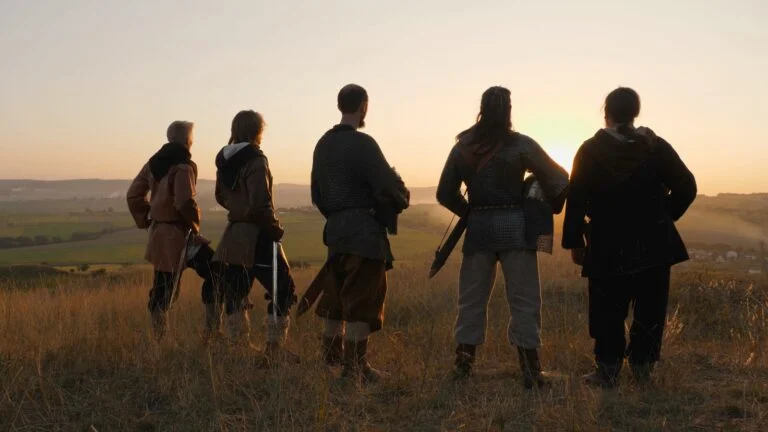
It’s little wonder that warriors are literally fighting to get into Valhalla. With infinite food and drink, and a constant supply of endless war, what’s not to love?
What does Valhalla look like?
As you might expect for a glorious afterlife hall, Valhalla is said to be quite stunning to behold. The ceiling is made of golden shields, with rafters made from spears. No one is quite sure how big it is, but suffice to say it’s enormous. Thor has his own hall inside Valhalla, Bilskirnir, and that has 540 rooms!
There are areas for fighting, areas for living and, of course, areas for feasting. Huge tables seat hundreds of warriors, all enjoying as much food and mead as they desire. Coats of mail mail are strewn over the benches.
Any needs they have are taken care of by the Valkyries, to ensure nothing gets in the way of their battle preparations.
A wolf hangs in the doorway to the hall and there are eagles flying overhead. Outside the hall stands a golden tree called Glasir that is said to be among the most beautiful things in all of the world.
Here you’ll find the mead-producing goat, Heiðrún and the hart, Eikþyrnir, whose antlers drip liquid into the spring from which all waters in the world flow. They both live on the roof of Valhalla and graze from the branches of the tree, Læraðr.
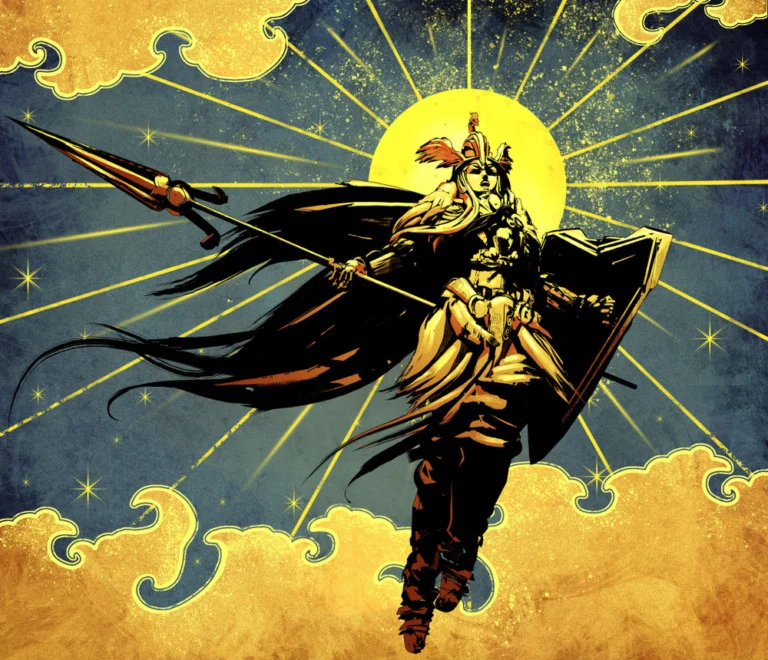
Where does everyone else go?
If the most skilled and mighty warriors end up in Valhalla, what about everyone else? Surely, if there’s an afterlife for the best, then there must be something for the rest? And what of simple farmers?
Well, in fact, Valhalla is one of several possible outcomes following a Norse funeral.
The other half of the fallen go to live with the goddess Freyja in Fólkvangr – often translated as ‘people field’ or ‘army field’. This is a beautiful meadow in which we find the hall Sessrúmnir.
While Freyja is often associated with love and fertility, she is also connected to war. She is said to preside over the eternal battle, Hjaðningavíg, where each day after battle the slain are resurrected to fight anew.
The next most common destination for the fallen was Hel or Helheim. Not to be confused with Hell in the modern Christian context – though the words are related – Helheim was a realm presided over by the goddess Hel, separated by a fast-flowing river that couldn’t be crossed.
People who ended up in Hel were those who died not in battle, such as the elderly and infirm. But even the God Baldr, who was killed after being tricked by Loki, ended up in Helheim.
As well as these main three, there are some attestations to Ran, where sailors who die at sea end up. Finally, there’s Helgafjel, which is a peaceful mountain where people are reunited with their loved ones.
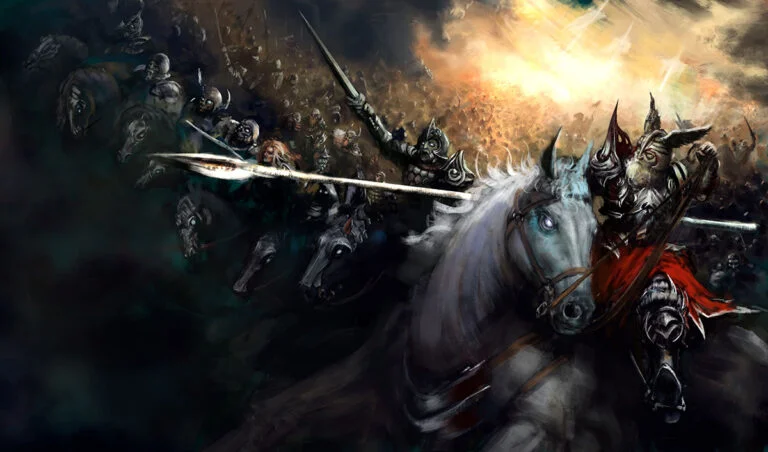
It’s difficult to truly know how these locations all related. They could all be parts of the same realm or they could be different. All of Norse mythology was written down after Christianisation, so some of it will have been influenced by that, to make it seem similar and less contradictory.
What does Valhalla tell us about Norse people?
An afterlife myth where the most fearsome and mighty warriors are chosen to live on in rich splendour tells us a lot about how the Norse people viewed the world. It’s a relatively recent innovation that living a gracious, lawful, and sympathetic life is the key to eternal happiness.
In Norse mythology, in common with many other early mythologies, war and victory are celebrated. This shows us that the early Norse people believed that war, battle, and conquering new lands and people, was a large part of the meaning of life.
As a seafaring people from the cold climes of Northern Europe, Scandinavians have always had to be hardy people. So too, in gathering resources from other lands, it’s often the case that only the strongest will survive. Throughout early history, fighting was one of the only ways to gain resources and keep them safe from others.
This is where the veneration of war really stems from. If violence is the only way to secure the tribe’s future, then it must be willed by the Gods.
When you throw in an end of the world where there’s a huge battle, it easily follows that the Gods will reward those who are the most skilled at being strong, fearless warriors.
Valhalla in modern culture
We see mention of Valhalla in a great many places. From the Walhalla Temple near Regensberg in Germany, constructed in the 19th Century for Ludwig I of Bavaria, to the Valhalla Museum in the Isles of Scilly, off the coast of Cornwall in England. This was created to house the figureheads off shipwrecks found in the local seas.
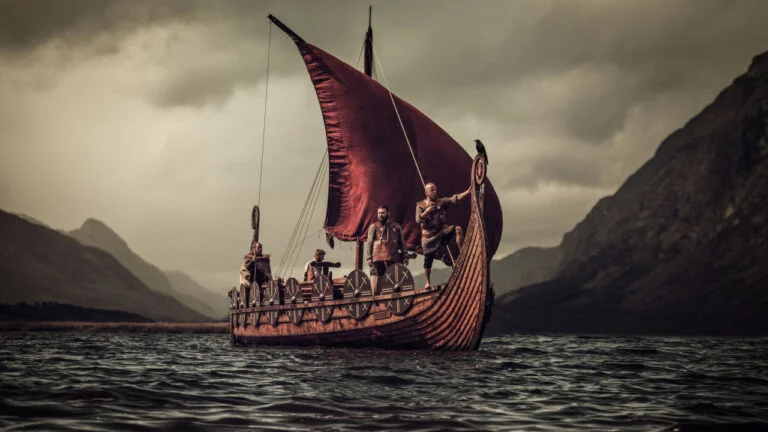
Richard Wagner mentions Valhalla in Der Ring des Nibelungen and it also crops up in book series, a Magazine entitled Walhalla, a comic book that spawned and animated film and even a thrill ride at the Blackpool Pleasure Beach theme park in the UK.
British musician Elton John wrote a song called Valhalla, which he released on his first album, Empty Sky. Meanwhile, heavy metal pioneers Led Zeppelin produced Immigrant Song, which gives us the immortal line “To fight the horde, sing and cry: Valhalla, I am coming”.
In the movies, Valhalla is a known concept in Mad Max: Fury Road, with Tom Hardy, with the War Boys believing a heroic death in service of Immortan Joe will lead them to Valhalla.
In video games, most recently, the phenomenal games franchise Assassin’s Creed, released a new version in November 2020 subtitled Valhalla, where the aim is to build successful Viking colonies in the British Isles, plundering and conquering as you go.
Finally, perhaps the truest mention of Valhalla comes from the American author, Hunter S. Thompson, who wrote of Big Sur in California: “Big Sur is very like Valhalla—a place that a lot of people have heard of, and that very few can tell you anything about.”
How much did you know about the real Valhalla before today? Let us know in the comments below.


Hello, Andrew.
You might want to add on your song list, “The Road To Valhalla” by White Lion from their first album, “Fight To Survive”. Mike Tramp, their singer, is from Denmark and he wrote the lyrics to it.
Thank you for your great job!
All the best!
George